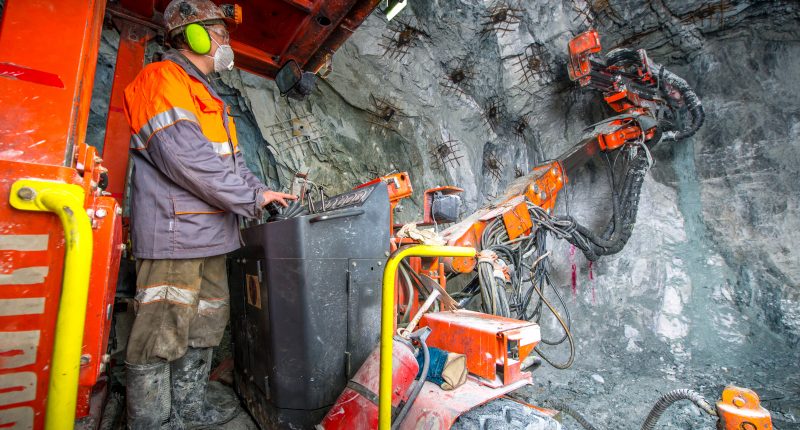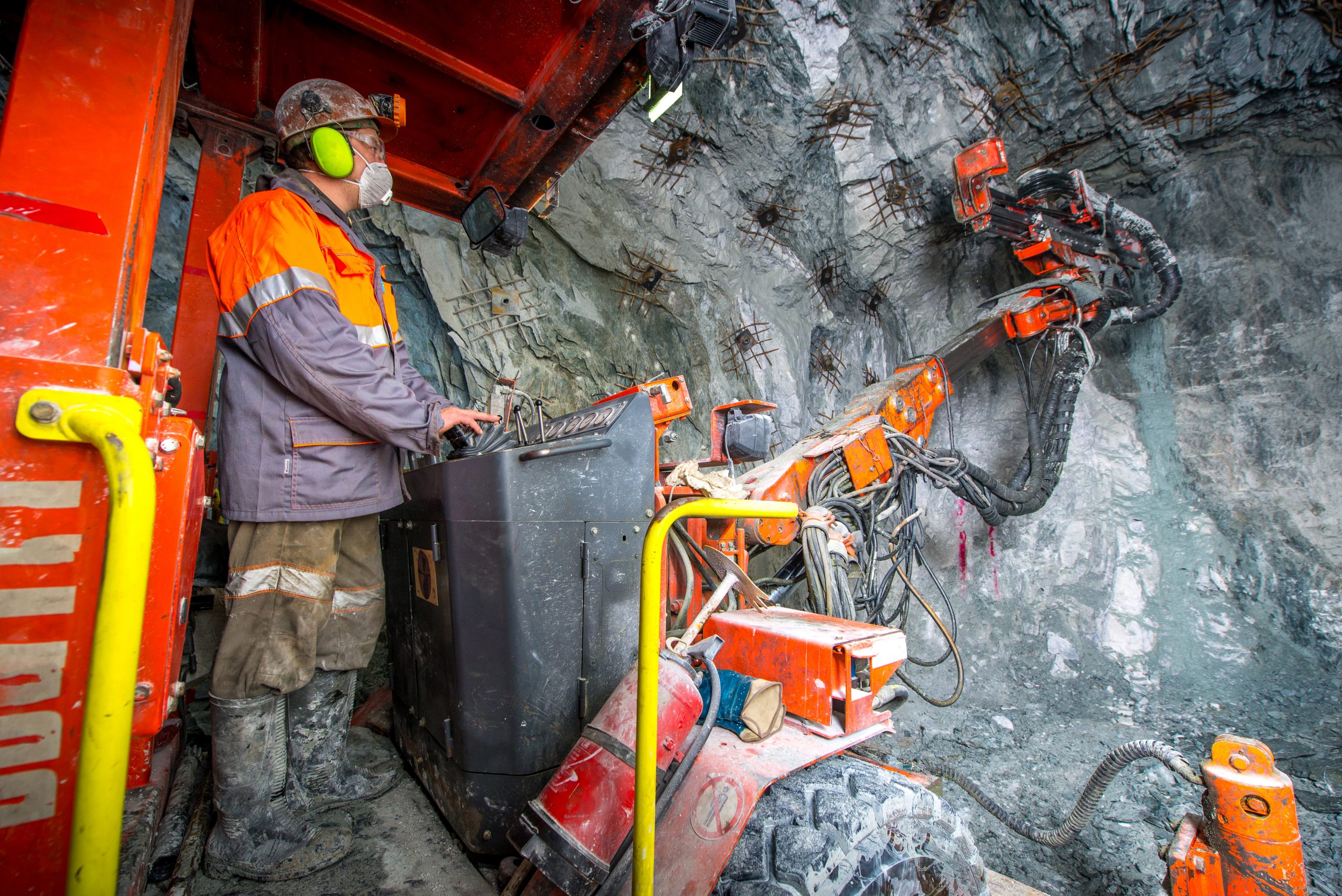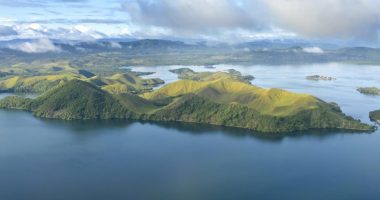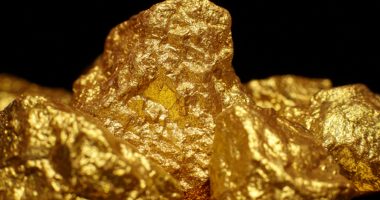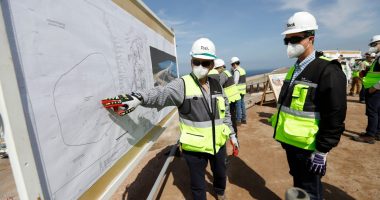- Ashley Gold (ASHL) announced that field work for the Santa Maria Project exploration program is now underway
- The company has mobilized a field crew to the property to scout road and property access, prospect for accessible geophysical anomalies, and collect rock samples
- The property has at least four known gold showings reported within the 48 mining claims
- Ashley Gold is an early-stage natural resource company engaged primarily in the acquisition, exploration, and if warranted, development of mineral properties
- Ashley Gold Corp. (ASHL) is up 5.00 per cent, trading at C$0.10 per share at 11:19 am ET
Ashley Gold (ASHL) announced that field work for the Santa Maria Project exploration program is now underway.
The company has mobilized a field crew to the property to scout road and property access, prospect for accessible geophysical anomalies, and collect rock samples.
Santa Maria is accessible just 10 km south of Trans-Canada Highway #17, the main access road from Thunder Bay, Ontario. It has year-round working season in this region, with very few exceptions.
The property has at least four known gold showings reported within the 48 mining claims. These showings include the Santa Maria Shaft Zone (Shaft #1), The Lee Lake South Occurrence, The Lee Lake North Shore Occurrence, and the Long Lake Gold – Quartz Vein.
An Airborne EM & magnetic survey flown in 2012 by Geotech Ltd identified three distinct EM anomalies. Each anomaly suggests bedrock conductivity and is considered a high-priority area for follow-up exploration work.
The Santa Maria #1 Shaft Zone consists of sheeted quartz veining and quartz stockwork veining. It occurs along the contact between felsic dykes and intensely carbonate altered mafic volcanics. The quartz vein zone ranges from 0.3 to 1.2 meters wide.
The Lee Lake South Occurrence is located south of the Santa Maria Shaft Zone. It is described as being two intersecting ribbon-textured quartz veins (4cm and 56cm wide) that are exposed in an open cut. The veins are hosted within a sheared and carbonatized quartz-feldspar porphyry dyke which intrudes mafic volcanic rocks. Six samples were collected with reported assays up to 11.66 g/t Au.
The Lee Lake, North Shore Occurrence, is reported to be an east-west trending carbonatized and silicified felsic dyke. It is several meters wide, containing disseminated pyrite, galena, and chalcopyrite. Two grab samples were collected and assayed 0.7 g/t Au and 1.21 g/t Au (Parker 1989).
Long Lake Gold – Quartz Vein was discovered 90 meters north of the Santa Maria Shaft Zone. Long Lake Gold Mining Company reported this vein as being “very wide and returned gold values” (Kresz, 1984). This vein is 1.2 meters wide and was traced for approximately 58 meters in strongly sheared sediments. Trench samples were reported to assay from trace up to 8.23 g/t Au.
Ashley Gold is an early-stage natural resource company. It engages primarily in the acquisition, exploration, and if warranted, development of mineral properties.
Ashley Gold Corp. (ASHL) is up 5.00 per cent, trading at C$0.10 per share at 11:19 am ET.
